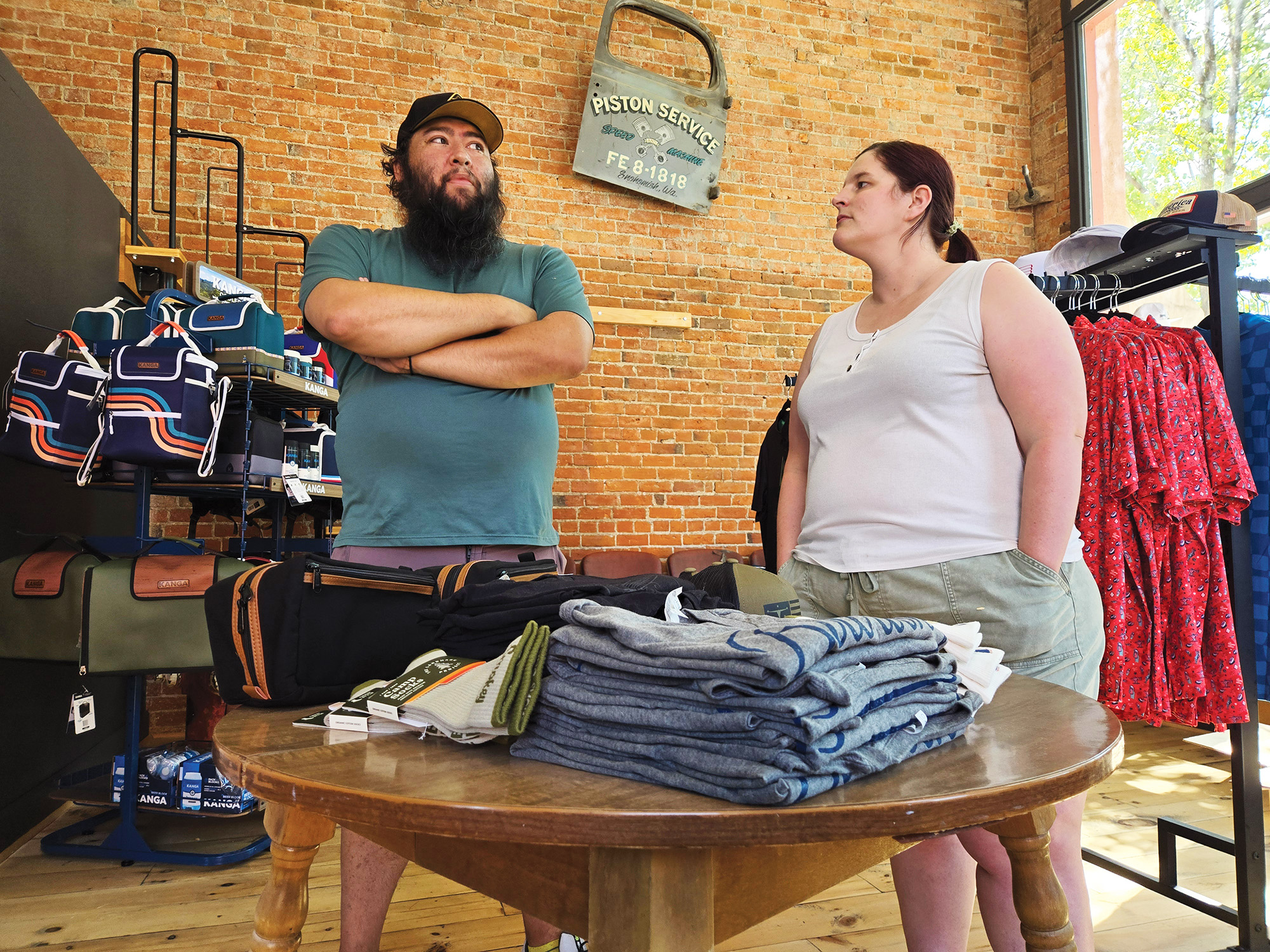Over the Blues: The hill that keeps growing
Published 7:00 pm Thursday, January 18, 2024

- Petersen
Each year I get older, Spout Springs ski hill, off Highway 204 between Elgin and Weston in the heart of the Blue Mountains, seems to grow taller.
Trending
The 5,450-foot elevation Spout Springs summit has grown to be this 66-year-old’s own Mount Everest.
The world’s tallest peak draws thousands of climbers each year. Clad in the latest climbing fashions costing thousands of dollars, the climbers wait in line at pinch points hoping to “conquer” the mountain.
Looks a bit like Black Friday at the mall to me.
Trending
Each winter I don snowshoes and my ancient outdoor gear and test my fitness at Spout Springs.
From base to summit the hill gains about 530 feet in elevation. Since the ski area closed after the 2017-18 season, the hill has become much less crowded.
Perhaps you have a similar annual trek to see if you “still have it.”
The Spout Springs obsession began when my wife, Wonder, then an employee at Whitman College in Walla Walla, came home with two pairs of much loved snowshoes being retired from the outdoor program. The snowshoes are about twice as big as modern snowshoes — and twice as heavy — yet feathery light compared to the “shoeskis” worn by Central Asians to hunt about 4,000 years ago.
When I first tried the Whitman snowshoes out, I was amazed at their grip. I could grip icy slopes as if I were wearing mountaineering crampons. In essence, I was.
Winter hikes became possible. I just had to avoid areas prone to avalanche and have the courage to step away from my preferred winter behavior — hunkering over a heating vent waiting for spring.
Several years later, I am still not an expert snowshoer yet I have acquired a few tricks. One is to strap the snowshoes on in the warmth of my living room — the old snowshoes have an intricate system of laces that tend to tangle like fishing line — and not at the trailhead in a mess of ice and blowing snow.
To climb Spout Springs hill, I make sure there are no avalanche warnings for the Blues. I park at the large plowed parking lot, step into my snowshoe-clad boots and set out past the now-closed lodge.
Forty years ago I would have herringboned on cross-country skis up the hill and whooshed down. Now I am content with a slow pace to contemplate the infinite blue sky and frosted trees — and avoid having videos taken of me cartwheeling down the slope.
I climb steadily past old ski towers, the chairs rocking in a light breeze.
Then I head straight up, calves and thighs burning, stopping every couple of steps to catch my breath and contemplate mortality.
At the top, I take a tarp from my backpack to spread on the snow. Sitting, I eat a banana, drink water. To the west, the Columbia Basin stretches like a tan blanket. To the south, canyons of the Blues unfold. To the east, snow-capped Wallowa peaks, the size of Monopoly pieces seen from here, thrust into the sky.
One skier darts by and within a minute or two is at the bottom.
I work my way down at a slower pace, happy to be the oldest person on the slopes rather than the youngest in the nursing home.
I’m thankful to get to the top and back to car in the same time hundreds of Everest climbers in their fancy duds are still waiting at a pinch point.
As always, leave only footprints and take only pictures. Whether in town or on the trail, try to leave your surroundings better than you found them.
“I work my way down at a slower pace, happy to be the oldest person on the slopes rather than the youngest in the nursing home.”









